Experimental architect-designer Elias Svedberg was born 1913, in Uppsala, Sweden, and hails from a pioneering generation of Scandinavian functionalist designers that includes—among others—Bruno Mathsson and Axel Larsson. A gifted talent whose designs often skewed toward the pragmatic and space-saving, Svedberg culls his fame most saliently from a groundbreaking midcentury tenure at Nordiska Kompaniet , in which he incubated the foundational Triva line: the first iteration of ready-made furniture, sold flat-packed to consumers for them to assemble themselves.
Introduced into the furniture realm by way of a precocious tutelage (age 15!) at the Sigtunaskolan school under Carl Malmsten, Svedberg completed his education in the early 1930s mostly via his own direction. He went on to edifying stints at Stockholm’s Olofskolan (also Malmsten-led), Swede cabinetmaker Hjalmar Jackson’s carpentry workshop, and later in 1933, studying art history at Harvard’s esteemed Fogg Museum—after which he moved directly into freelance design work. Rounding out the decade, Svedberg enjoyed a variety of projects both as a furniture and interior designer and exhibition architect. At the time, his home base was (notably) John Ericssongatan, a public collective very much in the Svedberg self-made/utopian mold, which housed a motley of relevant Swedish architects and design talents, including Sven Markelius and Viking Göransson.
Typical to the time, Svedberg’s designs were often functionalist—Svedberg was drawn by the style’s practicality and revolutionary potential in rationalizing everyday living. In 1943, under solicitation by an SMF Bodafors design contest for “the needs of the modern family home,” he created the first prototype of his crowning Triva Collection, including the Ta i trä, a flat-packed chair designed with, among others, a young Lena Larsson and Erik Wörts.
Svedberg parlayed Ta i trä’s success into formal and ongoing employment with Nordiska Kompaniet, for whom he was, at the time, moonlighting as a freelance interior assistant to head textile designer, Astrid Stampe. The new role allowed him to develop NK-bo, a specialty outlet aimed at younger, less affluent clientele than was the NK norm established since the early century by Axel Einar Hjorth. The NK-bo catalog mostly furthered iterations on Triva and other experimental furniture meant for serial production and was notable for the distinguished, youthful talent it employed, which ran the gamut from Stig Lindberg and Yngve Ekström to Kerstin Hörlin-Holmquist.
Svedberg enjoyed a long tenure at NK and oscillated between various company posts (including heading NK’s interior design department, from 1952 to 1961), before retiring in 1978. At some point along the way, Svedberg dipped into other media, authoring, together with Lena Larsson, the seminal book Hemeinredning (Home Interior Design), which aimed to educate and cultivate readers in creating a pleasant and practical home.
He passed away on September 11, 1987.
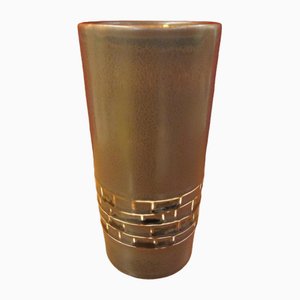
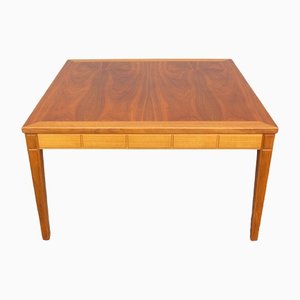
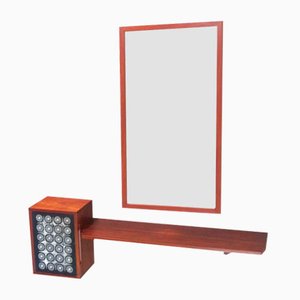
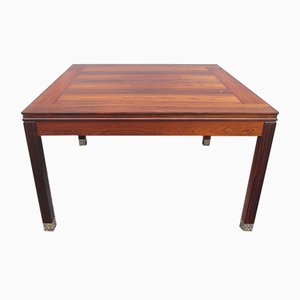

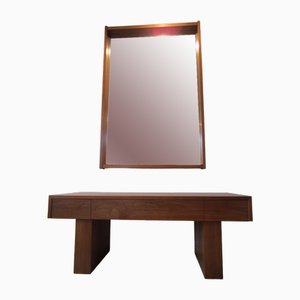



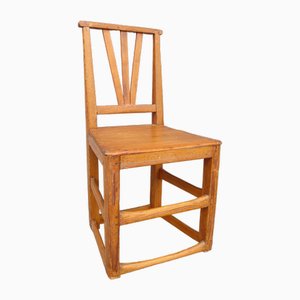
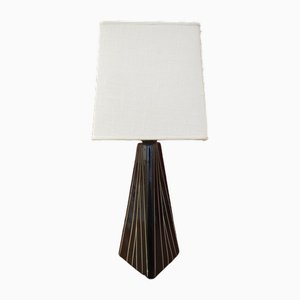
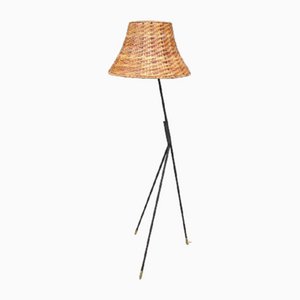
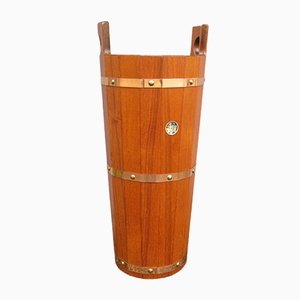
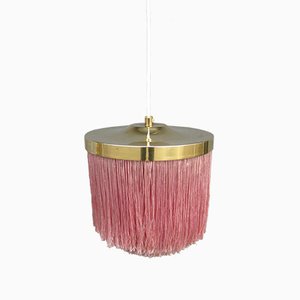
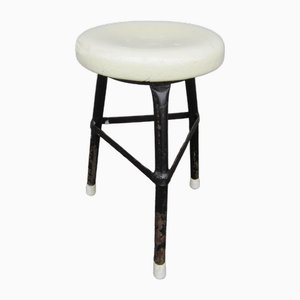
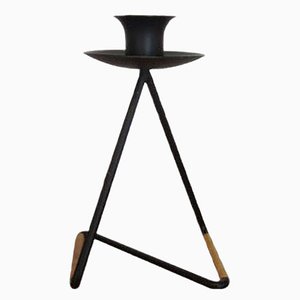
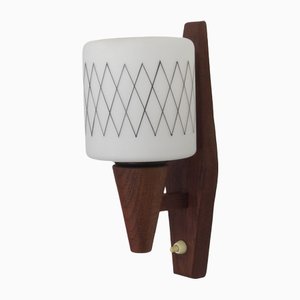
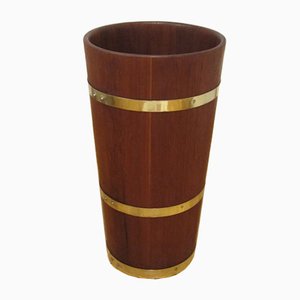
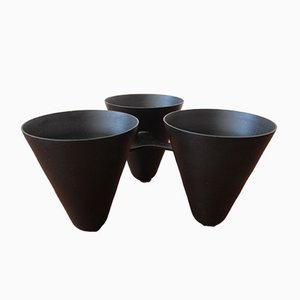
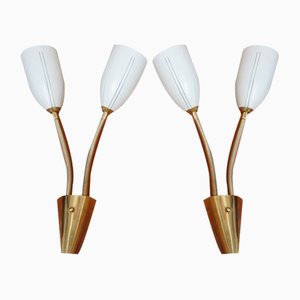
Contactez-nous
Faire une offre
Nous avons remarqué que vous êtes nouveau sur Pamono !
Veuillez accepter les Termes, Conditions et Politique de Confidentialité
Contactez-nous
Faire une offre
Vous y êtes presque!
Pour suivre votre conversation sur la plateforme, merci de compléter votre enregistrement Pour procéder avec votre offre sur la plateforme, veuillez compléter l’enregistrement.Envoyé!
Merci pour votre message, un membre de notre équipe vous contactera rapidemment
Si vous etes un professionnel du design, merci de vous inscrire ici pour pouvoir profiter de bénéfices exclusifs